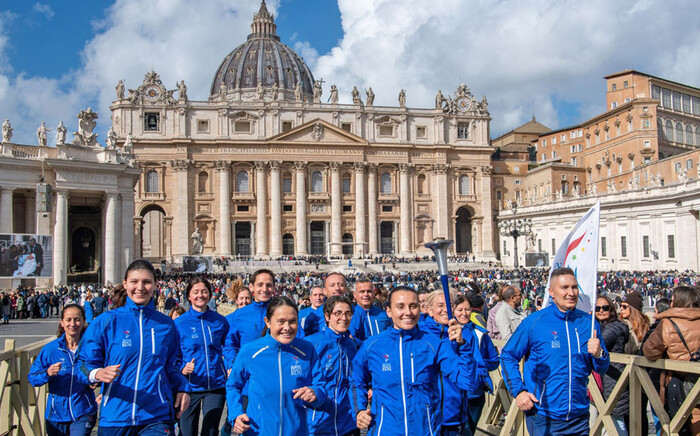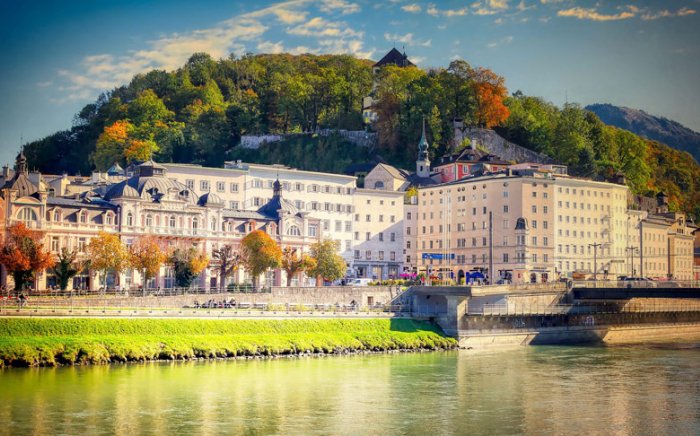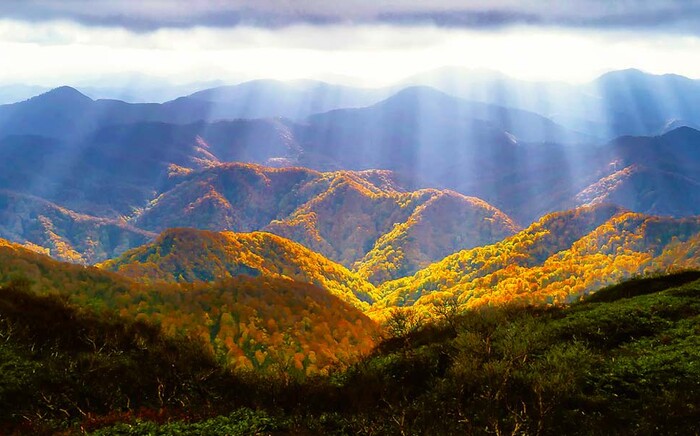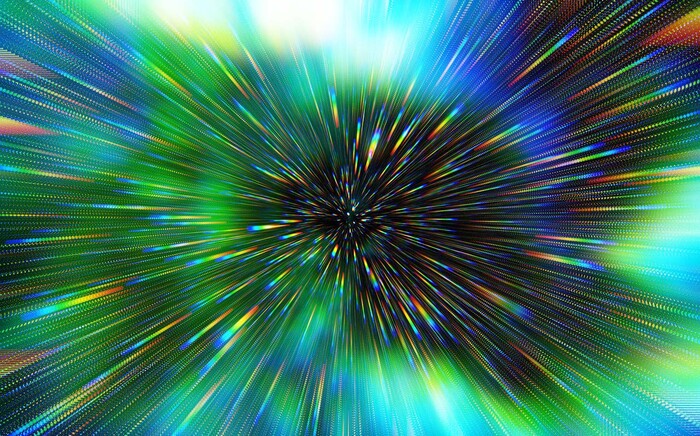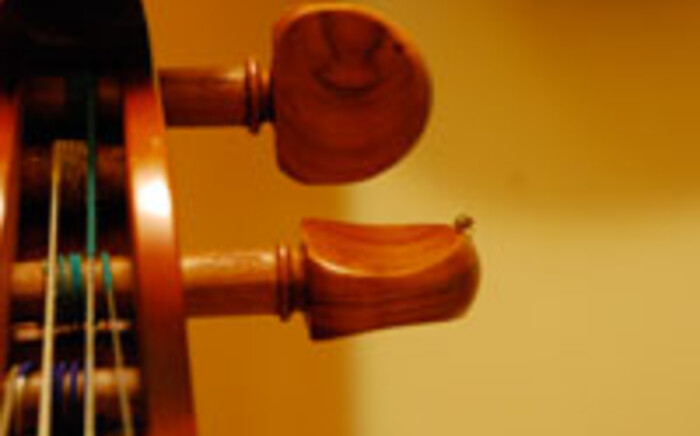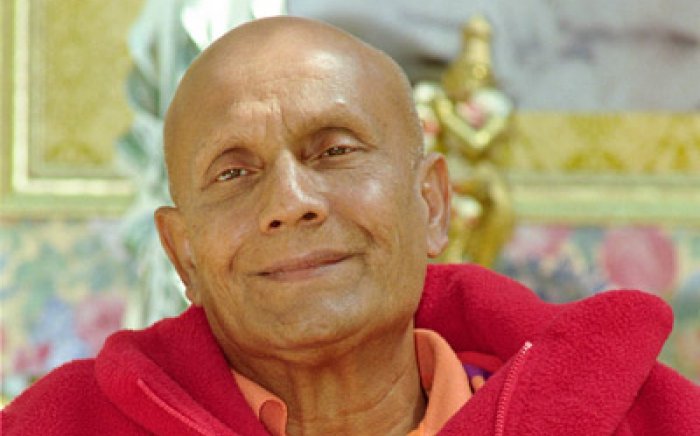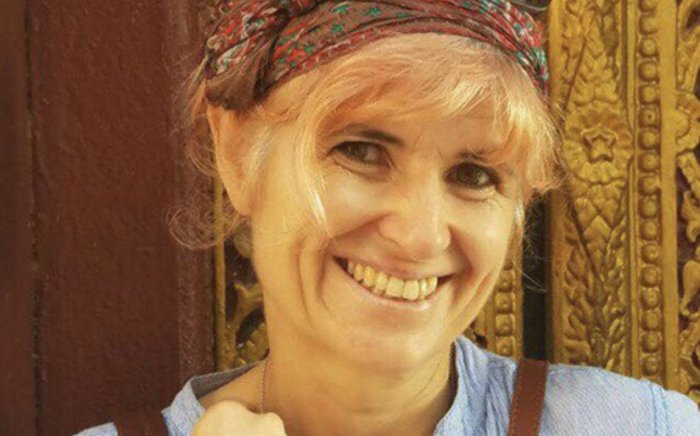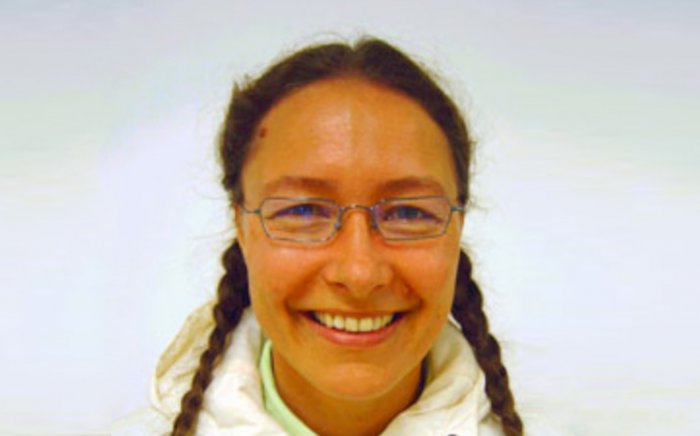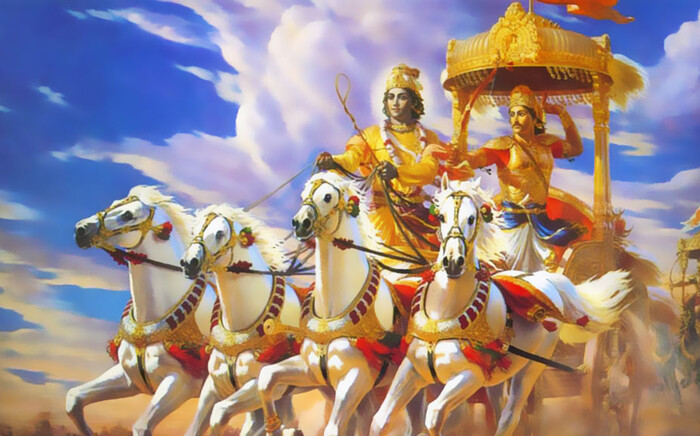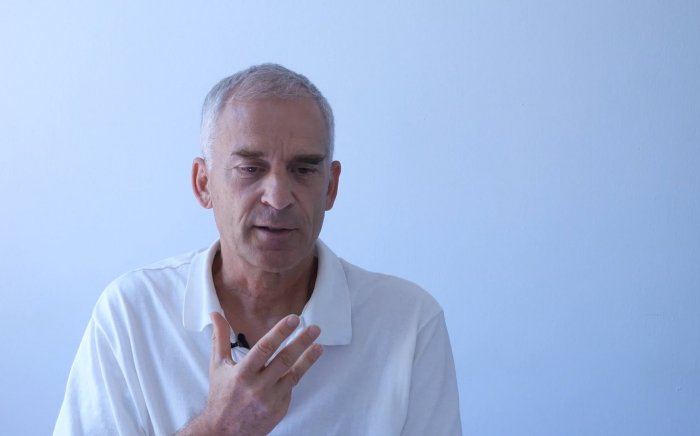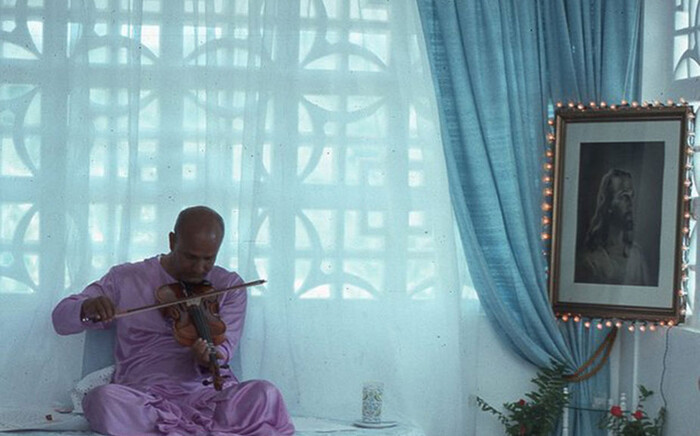I have become increasingly interested in, and appreciative of, mandalas. As representations of reality they are, I increasingly feel, unsurpassable. On one small piece of paper they can express the totality of existence from east to west, from heaven to hell, and onwards in all directions.

I have started incorporating them into my own artwork. I spent Christmas lying on the floor in my parents’ shed upon a canvas, painting, with painstaking attention like some Buddhist monk intent upon pouring his coloured sand, the details of a mandala to form the background of my painting of the Last Supper.
When complete, I shall welcome any wild-eyed Christian who takes issue with my inclusion of this ‘Buddhist’ iconography in this most-Christian of paintings. I shall happily quote Cicero at them – ‘Why do you say they belong to that school? They belong to the world’. And I shall finish my defence with a quote from Thomas Aquinas – Omne verum, a quocumque dicatur, est a Spiritu Sancto – All truth, by whomever it is expressed, is from the Holy Spirit.
The mandala represents not only the whole outer cosmos but also the vast inner landscape of the human spirit. The square and the circle, the procession in from the cardinal points to the centre, cannot this geometry which we see in the mandala be felt as the totality deep within ourselves?
Karl Jung wrote about mandalas, understanding them as symbols of the Self, informed by archetypal forces. Drawing each day his own mandala, he came to see them as representations of his own life - meandering paths that bent back upon each other and yet always led back to the centre. The mandala he came to see as representing the path to the centre, to individuation.
And mandalas can be expressed in three dimensions. There are three-dimensional representations of the Sri Yantra. And indeed what is a structure like Borobudur if not a mandala on a scale to dwarf the human? As you progress inwards and upwards on the stone flights of Borobudur can you fail to feel the corresponding inner journey? Further west, is not Dante’s cosmos in La Divina Comedia but a giant three-dimensional mandala on a scale of one to one?

The Grand Palace in Bangkok is undoubtedly impressive. In the West a king might construct a building and apply some decoration to it. Here they seem to have constructed a pile of decoration and tried to poke a building in underneath. Inside, in the throne rooms, are ornate, golden thrones to give splendour to the rulers of the world. And yet . . . And yet here one feels strangely untouched. It is only when one enters the temple of the Emerald Buddha that art and artifice co-operate to stir the spirit.

The Emerald Buddha is misleadingly named. It is not carved from a giant emerald –alluring though that prospect sounds. He is, however, carved from a piece of jade.
Jade is a stone found only in a tiny scattering of small locations in the world. One of those is the South Island of New Zealand. In New Zealand it is not called jade however. The European settlers in New Zealand were folks noted for their imaginative and lilting poetic natures. They renamed a number of the birds they discovered in their new country: the mohua they called the yellow-head, the tauhou they renamed the white-eye, the mystically and exquisitely beautiful kokako they named - the blue-wattled crow. Such flights of fancy! Should we be surprised then that the beautiful and sacred jade found in the tumbling mountain rivers of the rugged western coast, revered by the Maori as pounamu they renamed – greenstone. Greenstone we, their dull descendants, call it to this day. It is stone. It is undoubtedly green.
The ‘greenstone’ Buddha sits in his temple atop a great golden structure that lifts him far up into the heights of the building.

As I sit there on the floor before him with the tourists and the devotees, it strikes me that the whole structure is a mandala extrapolated into three dimensions. He sits at top and centre of this golden universe - the realms of existence, the levels of reality, arrayed around him. Like Dante and his guide one could imagine making one’s way up that structure to the point of perfection that the Emerald Buddha is.
I see myself as an ant two feet off the floor slogging my way up the golden monolith, like Sam and Gollum and Master Frodo up the stairs of Mordor – precipitous, near vertical, ever upwards. How many vertiginous aeons shall it take before I sit majestic, fulfilled, tranquil and undisturbed at the centre?
